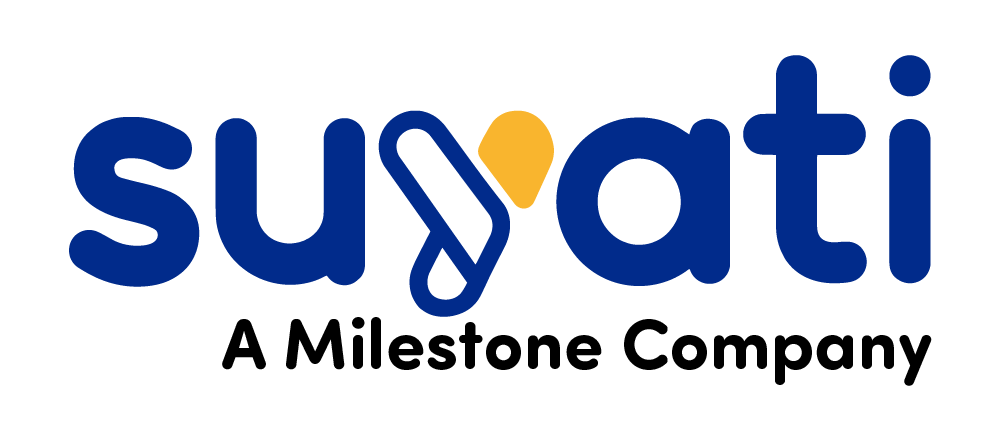The most effective way to close a sale is by creating an emotional connection with the client. But when sales agents have to deal with thousands of calls for just a few converts, it’s impossible to empathize with prospects and drive a meaningful conversation consistently. Over 84 percent of lead generation campaign calls made by insurance companies are either dropped or declined. Roughly 7% of them turn out to be potential prospects.
In order to save time, money, and efforts, it is imperative to focus only on high-value targets and deliver an optimum conversational experience. The key is to let artificial intelligence based predictive analytics take over the data generation and lead qualification process, and deliver high-priority leads that are easy to convert. This way, sales reps can give their best to every lead and create a long-lasting emotional impact.
Leveraging AI-based predictive analytics to improve lead conversions:
The goal here is to find leads that are worthy of a sales agent’s time and efforts. So, let’s see how AI-based predictive analytics helps in everything from data generation to lead scoring, eliminating repetitive lead generation tasks, and delivering only the most valuable leads.
Stage-1 Lead Generation:
To generate leads, you need verified customer data. AI tools can dig through terabytes of local and online information to find customers who match the ideal target audience profile.
Let’s see how it acquires data from various disparate sources;
- Internal data/offline: AI lead generation tools can mine through existing customer databases in CRMs to identify associated leads and potential clients. With advanced natural language processing(NLP), it can analyze customer conversations (via emails or chats) to predict positive inclinations towards buying a product by understanding various words/phrases in the context of the conversation.
- Online data: AI-based data mining solutions can scour the internet (social media activity, content platforms, etc.) to identify behavioral similarities between new prospects and existing customers and predict their probability of being potential customers.
Along with advanced data mining, AI solutions can also factor in unstructured data, like reviews or testimonials, to predict the likelihood of being potential prospects. Based on this prediction, it certifies each customer record as a verified lead, marking it as ready for further action.
Stage-2 Lead Qualification:
Now comes the tricky part – deeming leads worthy of chasing! Let’s say you’ve received 20,000 verified profiles from the lead generation stage. Are all of them worth pursuing? Absolutely not! This is where predictive analytics plays a very critical role.
AI platforms have proven to be highly effective in establishing a strong ‘buying intent’ in leads. It uses a model known as predictive lead scoring. In a manual lead scoring process, the agents need a formula for analyzing customer profiles, scoring leads and qualifying them.
In AI-based predictive analytics, customer profiles are analyzed using machine learning algorithms, which lookup various customer data-points and automate various formulas to qualify leads. It operates based on 2 types of data –
Historical data:
In this, the AI tools look through historical customer records to identify key similarities between new leads and existing customers. These similarities can be parameters like end-use, geography, or company positioning. These parametric similarities are used to predict the quality of a lead and its probability of getting converted.
Factual data:
This is where AI tools evaluate leads based on factual data procured from external data sources. It includes data like;
- Disclosed revenue: Some leads have higher sales revenues processed than others. (published online)
- IP address: If an organization only does business in a specific geographical area, then predictive lead scoring solutions can filter it out based on the IP address of the lead.
- Firmographics: Understanding a business’s characteristics (positioning, employee strength, turnovers, markets served, etc.) to predict the likelihood of a purchase.
- Existing interactions: If a lead has already opened an email, or clicked on an email link from your company, then this is a crucial indicator of the buying intent.
- Web analytics: AI monitoring tools monitor internet content specific to a topic, like automation or Insurance, and track the IPs consuming that resource. After that, they match it with the leads known for using the IP to predict which leads showed buying signals, and scores them by their likelihood of making a purchase.

Using the above types of factual and historical data, AI effectively narrows down leads from a few thousand to a few hundred. AI solution providers like Suyati offer holistic predictive analytics solutions for all types of businesses. Suyati’s flagship Buyer Rhythms solution enables call centers to automate entire lead funnels by integrating AI tools without upgrading existing infrastructure.
Stage-3 Lead Conversion:
Let’s say you’ve filtered out 200 prospects from 20,000 fresh leads. Are you going to engage with all 200 of them? Probably not. AI plays an important role here as well. Remember, the goal here is to create an emotional connect, rather than just drive a typical sales conversation.
With the help of the predictive lead scoring, you can now categorize the final 200 leads into 3 segments; High priority, medium priority, and low priority. Let’s say there are about 40 leads in the high priority segment. What can be done to make those 40 calls absolutely productive and meaningful? The answer is, accurate customer insights.
Based on the data procured in the lead qualification stage, the AI tools can perform further predictive analysis to procure important insights that can empower sales reps to close leads more efficiently. Important insights, like customer preferences, the ideal product to pitch, and a suitable time of contact, can be procured via predictive analytics.
The key is to drive meaningful conversations, empathize better with clients, and create a genuine emotional connection. According to a Harvard Business Review report on lead generation, insurance companies using AI were able to increase their leads by almost 50 percent.
In Conclusion
If every lead is generated, qualified, and nurtured through predictive analytics, then the conversion probability surges up dramatically. This is because the final lead is a culmination of 3 important processes;
- Customer data verification
- Establishing buying intent
- Deriving customer insights/touch-points
AI-based predictive analytics makes it simple for businesses to find high-value leads based on the above 3 aspects, which form the fundamental basis of any effective lead conversion process.
Artificial Intelligence in sales and marketing is on the verge of revolutionizing lead funnels for all industries. According to Accenture, as many as 79% of insurance executives believe that AI will transform the way their companies engage with customers. AI eliminates the wasteful efforts in large scale call campaigns. Making fewer calls that are productive can have significant impacts on the costs of calling (Computers, Call tariff, Staff time) and can greatly increase a call center’s capacity.
If you are looking to increase your leads and sales, AI is the way to go, and we can help with that. As a deep-tech solutions company, Suyati helps implement automation solutions, offering both standalone and integrated solution packages.
For more insights on Thought Leadership, you can reach out to David Maxfield on Linkedin.

